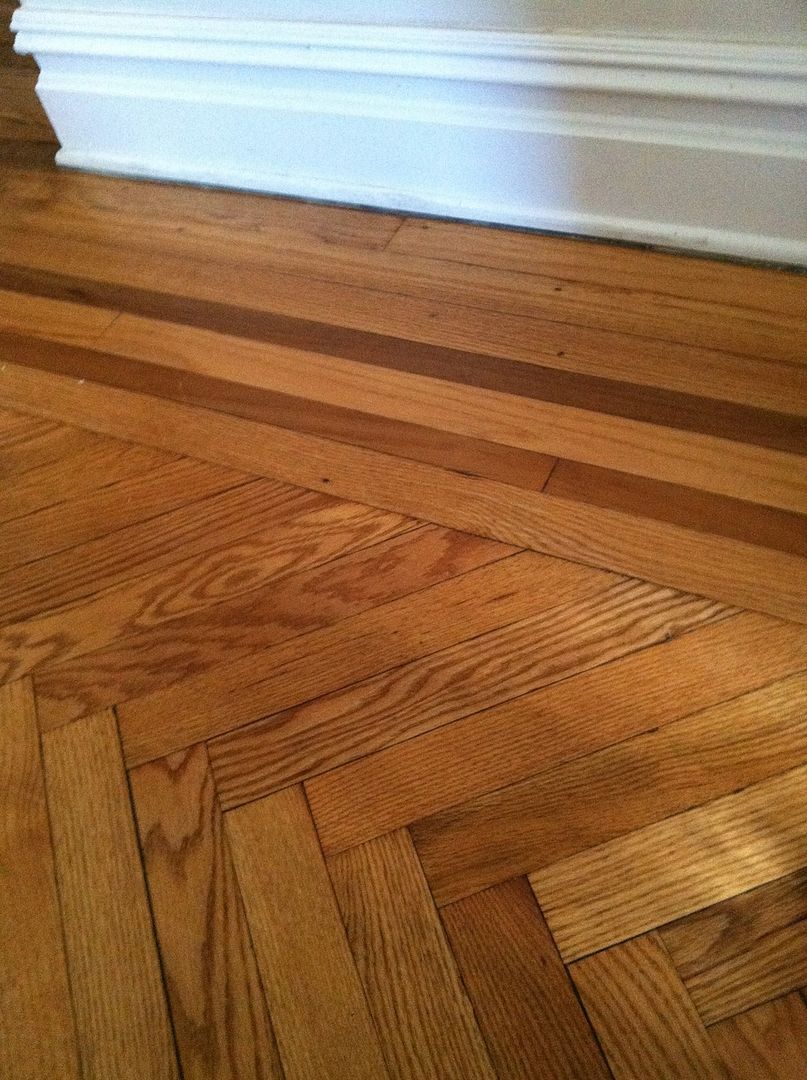- Messages
- 11,074
- Location
- My mother's basement
I'm surprised to learn that 1.) there are fireplaces in that building, and 2.) that they are in usable condition.
I wouldn't use the fireplace in this 1950s house in greater Denver before having its condition (and that of the chimney, of course) assessed by a person who knows what he or she is doing.
And I don't know what sort of fireplace use is kosher by local ordinance. In the Seattle area, where firewood is plentiful (there's more than most people could use available free after every windstorm, provided you got a chainsaw and a pickup and the willingness to expend a little energy), burn bans go into effect when there's some sort of weather phenomenon that holds surface air in place and doesn't allow for the rapid dissipation of fireplace and woodstove exhaust. That, alas, often coincides with colder temperatures, during the winter, anyway. The only exemptions to the burn ban are for homes with wood as the only effective heat source.
I wouldn't use the fireplace in this 1950s house in greater Denver before having its condition (and that of the chimney, of course) assessed by a person who knows what he or she is doing.
And I don't know what sort of fireplace use is kosher by local ordinance. In the Seattle area, where firewood is plentiful (there's more than most people could use available free after every windstorm, provided you got a chainsaw and a pickup and the willingness to expend a little energy), burn bans go into effect when there's some sort of weather phenomenon that holds surface air in place and doesn't allow for the rapid dissipation of fireplace and woodstove exhaust. That, alas, often coincides with colder temperatures, during the winter, anyway. The only exemptions to the burn ban are for homes with wood as the only effective heat source.





